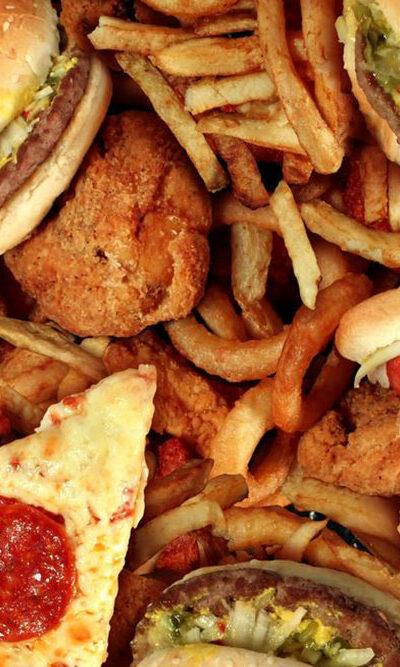
All You Need to Know about Diverticulitis
Diverticulitis is one of the leading causes of hospitalization in the case of old people. It’s a treatable condition provided that the patient gets early and appropriate intervention. What is diverticulitis? It is a condition where there is an inflammation or infection in the diverticula or small pouches that develop in the lining of the intestine. According to the American Society for Gastrointestinal Endoscopy more than 50% of people above 60, and nearly everyone over the age of 80 has diverticula in their intestines. These pouches may not pose a health risk provided that they don’t get inflamed or infected. Uncomplicated diverticulitis If diverticulitis does develop, it may be a minor irritant, and one can treat it with a course of antibiotics. In more than 75% of cases, there are no severe complications, and a routine CT scan can confirm the diagnosis. About one-third of the total patients experience a recurrence of symptoms, and in younger patients, intervention and testing procedures are necessary. Serious cases Sometimes, the condition can become chronic, and surgery may be required. In about one-fourth of the cases, patients develop complicated diverticulitis with the formation of abscesses, fissures, obstruction, fistula, and obstruction of the bowel. Perforation of the bowel is a major complication because the patient faces the risk of developing peritonitis. Causes Though the direct causes are not known, some factors do seem significant. Age affects the elasticity and strength of the intestine walls. Patients find it difficult to pass stools, and there is more strain on the colon which results in the formation of diverticula. Undigested food collects in these pouches, causing inflammation and infection. This condition is quite common among people who are over the age of 80. Lack of exercise, smoking, obesity, and eating a fiber-deficient diet could be some of the causes.










